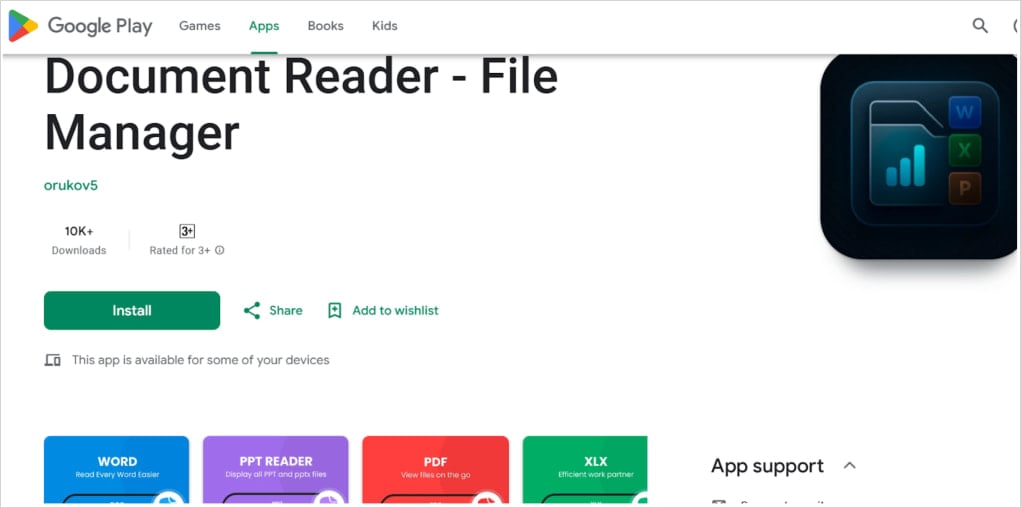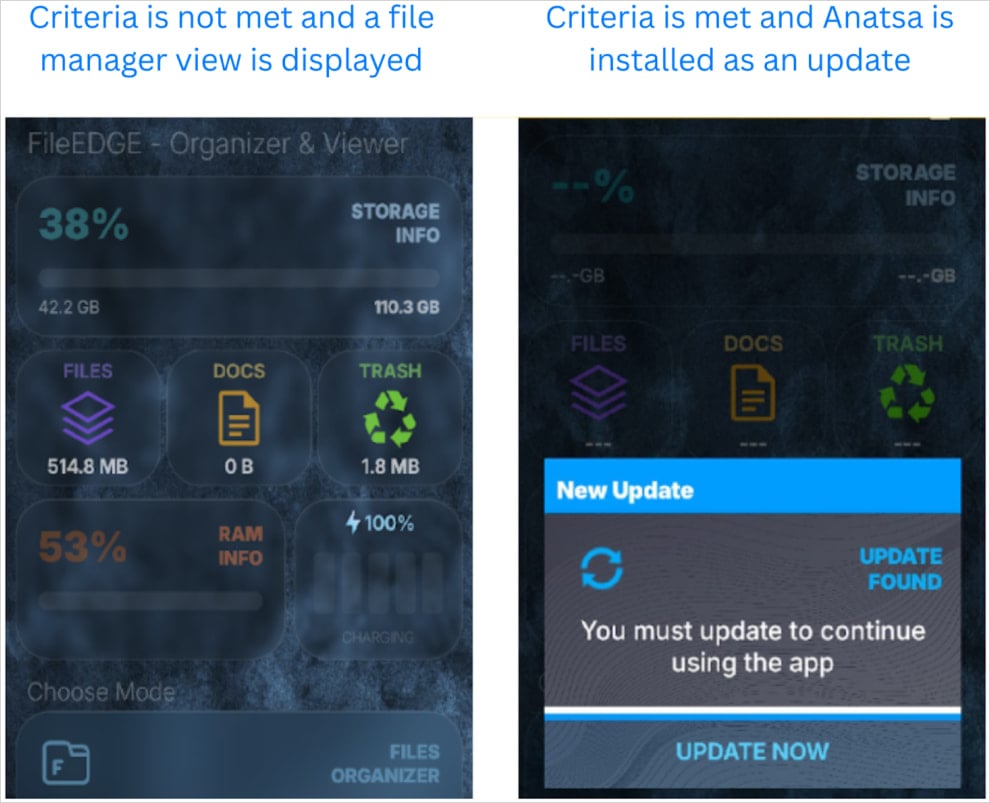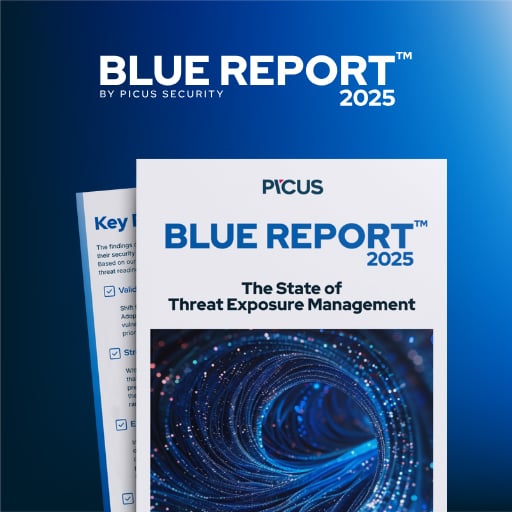Seventy-seven malicious Android apps with more than 19 million installs were delivering multiple malware families toGoogle Play users.
This malware infiltration was discovered by Zscaler’s ThreatLabs team while investigating a new infection wave with Anatsa (Tea Bot) banking trojan targeting Android devices.
While most of the malicious apps (over 66%) included adware components, the most common Android malware was Joker, which researchers encountered in almost 25% of the analyzed apps.
Once Joker malware is installed on a device, it canread and send text messages, take screenshots, make phone calls, and steal contact lists, access device information, and subscribe users to premium services.
A smaller percentage of the apps included maskware, a term used to define a malicious app that disguises itself as something that would not raise any suspicion.
This type of malware may pose asa legitimate app that works as advertised. However, it performs malicious activity in the background, such asstealcredentials, banking info, or other sensitive data (location, SMS). Cybercriminals can also use maskware to deliver other malware.
Zscaler researchers also found a variant of the Joker malware called Harly, which comes as a legitimate app that has a malicious payload hidden deeper in the code to avoid detection during the review process.
 researchers said that Harly can hide in popular apps, likegames, wallpapers, flashlights, and photo editors.
researchers said that Harly can hide in popular apps, likegames, wallpapers, flashlights, and photo editors.
Anatsa trojan keeps evolving
According to Zscaler, the latest version of the Anatsa banking trojan has further expanded its targeting scope, increasing the number of banking and cryptocurrency apps to 831, from 650 previously, that it attempts to steal data from.
The malware operators use an app named ‘Document Reader – File Manager’ as a decoy, which only downloads the malicious Anatsa payload after installation, to evade Google’s code review.

 50,000 downloads.
50,000 downloads.
Older Anatsa campaigns include a PDF and QR Code Reader attack in May 2024 that achieved 70,000 infections, a Phone Cleaner and PDF attack in February 2024 that got 150,000 downloads, and another PDF Viewer attack in March 2023 that achieved 30,000 installs.
Malicious app wave on Google Play
In addition to the malicious Anatsa apps, Zscaler discovered this time, most were adware families, followed by ‘Joker,’ ‘Harly,’ and various maskware.
“ThreatLabz identified a sharp rise in adware applications on the Google Play Store alongside malware, such as Joker, Harly, and banking trojans like Anatsa,” explained Zscaler researcher Himanshu Sharma
“Conversely, there has been a noticeable decline in malware families such as Facestealer and Coper.”
Tools and personalization apps accounted for over half of the lures used to spread those apps, so these two categories, together with entertainment, photography, and design, should be treated as high-risk.
In total, the 77 malicious apps, including those containing Anatsa, were downloaded 19 million times from Google Play.
Zscaler reports that Google removed all of the malicious apps they discovered this time from the Play Store following their reporting.
Android users must ensure their Play Protect service is active on their device to flag malicious apps for removal.
In the case of Anatsa trojan infections, separate steps need to be taken with the bank to protect potentially compromised e-banking accounts or credentials.
To minimize the risk from malware loaders on Google Play, only trust reputable publishers, read at least a couple of user reviews, and only grant permissions that are directly related to the app’s core functionality.
Bill Toulas
Bill Toulas is a tech writer and infosec news reporter with over a decade of experience working on various online publications, covering open-source, Linux, malware, data breach incidents, and hacks.


